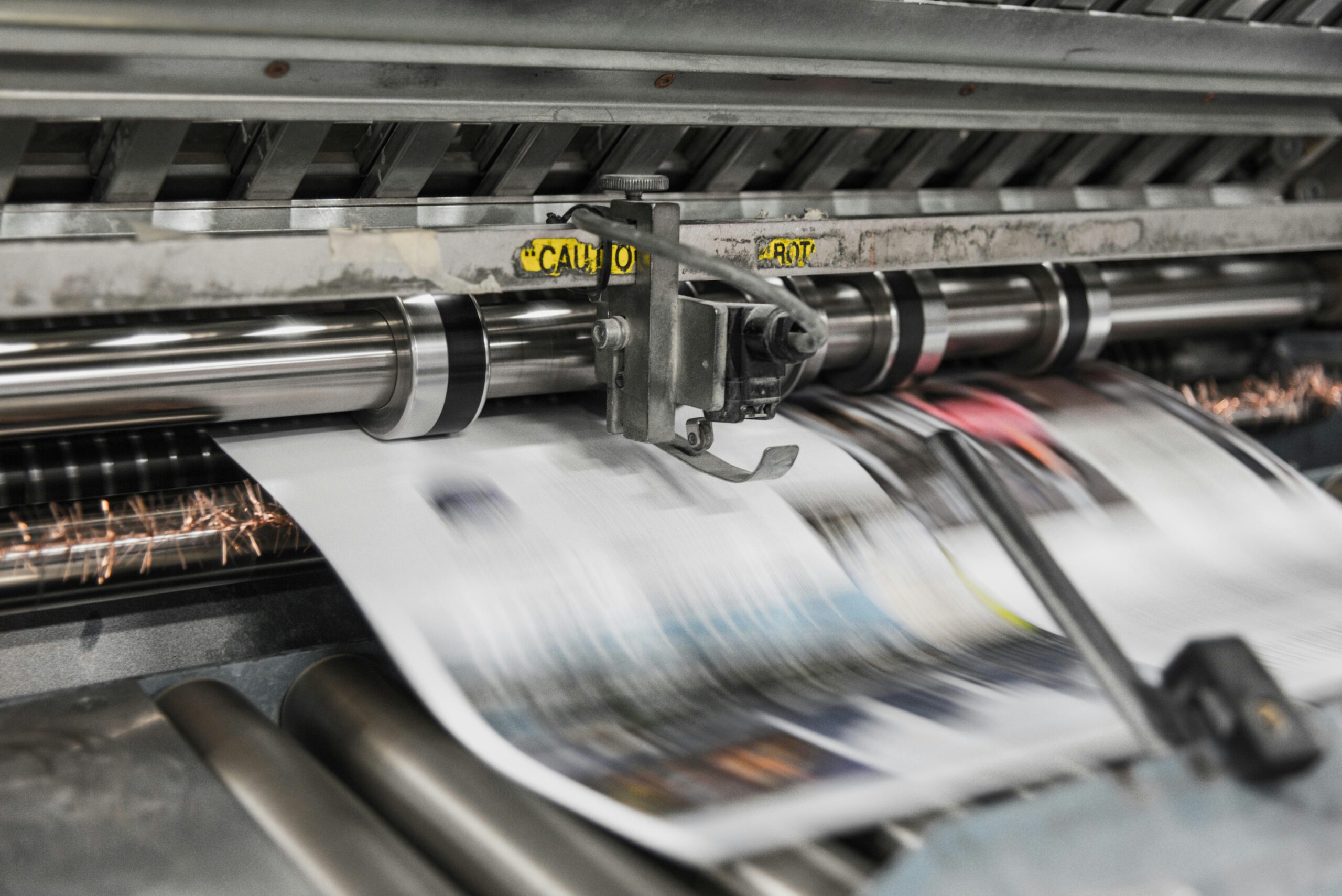In a world increasingly dominated by digital payments and banking, writing a check may seem like a relic of the past. However, checks remain a vital tool for various financial transactions, from paying rent to making large purchases or handling certain types of formal transactions. Understanding how to write a check correctly is an essential skill that ensures your financial transactions are processed smoothly and accurately. This comprehensive guide will cover every aspect of writing a check, from the basics to advanced tips, including common errors and how to avoid them, security measures, and the broader context of check usage.
Understanding the Parts of a Check
Before delving into the process of writing a check, it’s important to understand the different parts of a check and their purposes. Each part of a check has a specific role in ensuring the check can be processed correctly.
- The Date Line:
- Location: Top right corner.
- Purpose: Indicates the date the check is written. Important for record-keeping and ensures the check is not cashed prematurely.
- Payee Line:
- Location: “Pay to the order of” line in the middle.
- Purpose: Specifies who will receive the payment. Can be an individual, organization, or business.
- Numeric Amount Box:
- Location: Small box to the right of the payee line.
- Purpose: Shows the payment amount in numerical form. Ensures clarity and reduces errors.
- Written Amount Line:
- Location: Below the payee line.
- Purpose: Spells out the payment amount in words. Acts as a backup to confirm the numeric amount.
- Memo Line:
- Location: Bottom left corner.
- Purpose: Optional field to note the purpose of the check. Helps with personal record-keeping.
- Signature Line:
- Location: Bottom right corner.
- Purpose: Validates the check. The check is not valid without the payer’s signature.
- Bank Information:
- Location: Bottom left, usually includes bank name, address, and logo.
- Purpose: Identifies the bank that holds the payer’s account.
- Account and Routing Numbers:
- Location: Bottom of the check.
- Purpose: Routing number identifies the bank, and account number identifies the specific account from which the funds will be drawn.
- Check Number:
- Location: Top right and bottom right.
- Purpose: Helps the account holder and bank track the check. Each check has a unique number for reference.
Step-by-Step Guide to Writing a Check
Writing a check correctly is a straightforward process, but each step must be followed carefully to ensure the check is valid and processed correctly.
- Write the Date:
- Step: Enter the current date on the date line. Use the format MM/DD/YYYY, DD/MM/YYYY, or Month Day, Year depending on your country’s conventions.
- Importance: The date helps both you and the recipient keep track of when the check was issued. It can also affect the cashing or depositing timeline.
- Write the Payee’s Name:
- Step: Write the name of the person or business receiving the check on the “Pay to the order of” line.
- Importance: Ensures the funds go to the correct recipient. Use the full legal name to avoid any issues with depositing.
- Write the Payment Amount in Numbers:
- Step: Enter the amount of the payment in numerical form in the box next to the payee’s name.
- Importance: This is the primary indicator of the amount being paid. Ensure the numbers are clear and legible.
- Write the Payment Amount in Words:
- Step: Write out the amount in words on the line below the payee’s name. Use the format “X dollars and Y cents”.
- Importance: Provides a secondary confirmation of the payment amount. This is crucial for resolving any discrepancies between the numeric and written amounts.
- Fill in the Memo Line:
- Step: Optionally, write a note indicating the purpose of the check in the memo line.
- Importance: Helps both you and the recipient keep track of the transaction’s purpose. This can be especially useful for business transactions or tax records.
- Sign the Check:
- Step: Sign your name on the signature line at the bottom right.
- Importance: Your signature authorizes the bank to release the funds. The check is not valid without a signature.
- Review and Ensure Accuracy:
- Step: Double-check all the information on the check to ensure it is accurate and complete.
- Importance: Prevents errors and potential issues with the check being cashed or deposited.
Common Errors and How to Avoid Them
Even small mistakes on a check can lead to significant issues, such as the check being rejected or causing delays. Here are common errors and how to avoid them:
- Post-Dating a Check:
- Error: Writing a future date on the check.
- Consequence: The recipient may not be able to cash or deposit the check until the date on the check.
- Solution: Always use the current date unless specifically instructed otherwise.
- Misspelling the Payee’s Name:
- Error: Incorrectly spelling the recipient’s name.
- Consequence: The bank may reject the check if the name does not match their records.
- Solution: Double-check the spelling of the payee’s name before writing it.
- Amount Mismatch:
- Error: The numeric amount and the written amount do not match.
- Consequence: The check may be rejected or processed for the lower amount.
- Solution: Carefully write both amounts and double-check for consistency.
- Illegible Writing:
- Error: Writing that is difficult to read.
- Consequence: The bank may misinterpret the information, leading to errors in processing.
- Solution: Write clearly and legibly, using block letters if necessary.
- Forgetting to Sign:
- Error: Not signing the check.
- Consequence: The check is invalid and cannot be processed.
- Solution: Always sign the check as the final step and double-check to ensure your signature is there.
Advanced Check Writing Tips
Once you have mastered the basics of writing a check, there are several advanced tips and best practices to enhance your check-writing skills and ensure security.
- Using a Check Register:
- Purpose: A check register helps you keep track of all checks written, ensuring your account balance is accurate.
- How to Use: Record the check number, date, payee, and amount in your check register immediately after writing a check.
- Security Features:
- Pre-printed Checks: Use checks with pre-printed security features such as watermarks, microprinting, and holograms to prevent fraud.
- Check Fraud Prevention Tips: Keep your checkbook in a secure location, use permanent ink, and never leave blank spaces on a check.
- Endorsing Checks:
- Restrictive Endorsement: When depositing a check, write “For Deposit Only” followed by your bank account number to prevent anyone else from cashing it.
- Blank Endorsement: Sign your name exactly as it appears on the front of the check when cashing it.
- Avoiding Duplicate Payments:
- Duplicate Checks: Some checkbooks come with duplicate copies for record-keeping. Use these to track payments and avoid issuing multiple checks for the same purpose.
- Online Tracking: Many banks offer online services to track your check transactions. Regularly review your account to monitor for any duplicate payments.
- Business Checks:
- Multiple Signatures: For added security, especially for large amounts, require multiple signatures on business checks.
- Check Authorization: Implement a check authorization process to verify the legitimacy of checks before they are issued.
- Electronic Checks:
- E-Checks: An electronic version of a paper check. Requires entering the routing number, account number, and check number online.
- Benefits: Faster processing and reduced paper waste. Ensure the website or service you are using is secure.
Security Measures for Check Writing
Fraud prevention is a critical aspect of check writing. Implementing security measures can protect your finances and ensure your checks are processed safely.
- Check Security Features:
- Watermarks: Embedded in the paper, visible when held up to light.
- Microprinting: Tiny text that appears as a line under magnification.
- Holograms: Reflective images that change when viewed from different angles.
- Protecting Your Checkbook:
- Secure Storage: Keep your checkbook in a safe place, away from unauthorized access.
- Avoid Carrying Unused Checks: Only carry the checks you need to use, leaving the rest securely stored.
- Writing Secure Checks:
- Permanent Ink: Use a pen with permanent ink to prevent alterations.
- No Blank Spaces: Draw a line through any remaining space on the amount lines to prevent unauthorized additions.
- Monitoring Your Account:
- Regular Review: Check your bank statements regularly for any unauthorized transactions.
- Immediate Reporting: Report any lost checks or suspected fraud to your bank immediately.
- Electronic Check Monitoring:
- Online Banking: Use online banking services to monitor your account activity in real-time.
- Alerts: Set up alerts to notify you of any check transactions.
Check Writing Etiquette
Understanding the etiquette of check writing can help ensure your transactions are conducted smoothly and respectfully.
- Timeliness:
- Prompt Payment: Write and deliver checks promptly to avoid late fees or strained relationships.
- Post-Dating Consideration: If post-dating a check, inform the recipient and ensure they agree to wait until the date on the check.
- Professionalism:
- Neatness: Write neatly and legibly to avoid any confusion or errors.
- Respectful Communication: If you need to cancel a check, inform the recipient immediately and provide an alternative payment if necessary.
- Record Keeping:
- Receipts: Request and keep receipts for any check payments as proof of payment.
- Documentation: Maintain organized records of all check transactions for personal or business accounting.
Special Considerations for Different Types of Checks
Different types of checks may have unique requirements or considerations. Understanding these can help you manage various financial situations.
- Certified Checks:
- Definition: A certified check is a personal check that the bank guarantees to be good.
- Usage: Often used for large transactions, such as purchasing a car or a down payment on a house.
- Obtaining: Request a certified check from your bank, which will verify the funds and certify the check.
- Cashier’s Checks:
- Definition: A cashier’s check is drawn directly from the bank’s funds, not the account holder’s.
- Usage: Used for significant transactions where the payee requires guaranteed funds.
- Obtaining: Purchase a cashier’s check from your bank. The bank will withdraw the amount from your account and issue the check.
- Traveler’s Checks:
- Definition: Traveler’s checks are prepaid checks used as an alternative to cash when traveling.
- Usage: Provide security against loss or theft, as they can be replaced if lost.
- Obtaining: Purchase traveler’s checks from a bank or travel service, typically in predetermined denominations.
- Personal Checks:
- Definition: Standard checks drawn from your personal checking account.
- Usage: Commonly used for everyday transactions, such as paying bills or personal expenses.
- Considerations: Ensure sufficient funds are available in your account to cover the check.
- Business Checks:
- Definition: Checks drawn from a business account, often with additional security features.
- Usage: Used for business transactions, payroll, and vendor payments.
- Considerations: Implement internal controls and authorization processes to manage check issuance.
- Blank Checks:
- Definition: Checks that have been signed but do not have the payee or amount filled in.
- Usage: Risky, as they can be misused if lost or stolen.
- Precaution: Avoid issuing blank checks whenever possible. If necessary, restrict the amount and recipient clearly.
Legal and Financial Implications of Writing Checks
Understanding the legal and financial implications of writing checks can help you navigate potential issues and maintain good financial practices.
- Check Fraud:
- Definition: Illegal use or alteration of a check to gain unauthorized funds.
- Types: Includes forging signatures, altering amounts, and counterfeiting checks.
- Prevention: Use secure checks, monitor your accounts, and report suspicious activity immediately.
- Bounced Checks:
- Definition: A check that cannot be processed because the account lacks sufficient funds.
- Consequences: Can result in fees, damage to your credit score, and potential legal action.
- Avoidance: Keep track of your account balance and ensure sufficient funds are available before writing a check.
- Stop Payment Orders:
- Definition: A request to the bank to cancel a check before it is cashed or deposited.
- Usage: Useful if a check is lost, stolen, or you suspect fraud.
- Process: Contact your bank immediately to request a stop payment order. Be prepared to provide the check number, amount, and payee information.
- Escheatment Laws:
- Definition: State laws that require unclaimed funds, such as uncashed checks, to be turned over to the state after a certain period.
- Considerations: Keep track of outstanding checks and follow up with recipients to ensure checks are cashed or deposited promptly.
- IRS and Tax Implications:
- Record Keeping: Maintain records of all check transactions for tax purposes.
- Deductions: Some payments made by check may be tax-deductible, such as charitable donations or business expenses.
The Evolution of Check Writing
Understanding the history and evolution of checks provides context for their current use and future trends.
- Historical Development:
- Early Forms: Checks have been used for centuries, with early forms dating back to ancient civilizations.
- Modern Checks: The modern check system developed in the 19th century, with standardized formats and banking regulations.
- Technological Advances:
- Magnetic Ink Character Recognition (MICR): Introduced in the 1950s to facilitate automated check processing.
- Electronic Check Processing: Advances in technology have enabled faster and more secure check processing, including e-checks and mobile deposits.
- Current Trends:
- Decline in Usage: The use of checks has declined with the rise of digital payments and online banking.
- Niche Applications: Checks remain important for certain transactions, such as large purchases, formal payments, and transactions requiring a paper trail.
- Future of Checks:
- Integration with Digital Banking: Continued integration of checks with digital banking platforms, making electronic checks more common.
- Security Enhancements: Ongoing improvements in security features to combat fraud and protect consumers.
Practical Exercises and Case Studies
To further enhance your understanding and proficiency in writing checks, practical exercises and case studies can be invaluable.
- Exercise 1: Writing a Personal Check:
- Scenario: You need to write a check for your monthly rent of $1,200 to your landlord, John Doe.
- Steps: Follow the step-by-step guide to write the check, ensuring all parts are filled out correctly.
- Exercise 2: Business Check Authorization:
- Scenario: As a business owner, you need to issue a check for office supplies amounting to $450.
- Steps: Implement a check authorization process, requiring two signatures for checks over $400.
- Case Study 1: Preventing Check Fraud:
- Scenario: A small business experiences a fraudulent check incident where a check is altered.
- Analysis: Review the security measures in place and identify weaknesses. Implement additional security features and staff training to prevent future incidents.
- Case Study 2: Handling a Bounced Check:
- Scenario: You receive a bounced check from a client for $500.
- Analysis: Evaluate the steps to take, including contacting the client, imposing bounced check fees, and considering legal action if necessary.
Conclusion
Writing a check correctly is a vital skill that remains relevant despite the rise of digital payments. By understanding the parts of a check, following a detailed step-by-step process, and implementing advanced tips and security measures, you can ensure your checks are processed smoothly and securely. This comprehensive guide provides the knowledge and tools needed to master check writing, from basic techniques to advanced considerations, helping you navigate the financial landscape with confidence.
Additional Resources
For further reading and resources on check writing, consider the following:
- Books:
- “The Check Book: How to Use Checks Safely and Wisely” by Andrew T. Yeo
- “Check Fraud Investigation” by Charles C. Hagan
- Online Resources:
- American Bankers Association: Offers information on banking practices and fraud prevention.
- Federal Trade Commission (FTC): Provides resources on consumer protection and preventing check fraud.
- Educational Videos:
- YouTube: Numerous tutorials on writing checks, including step-by-step guides and tips for avoiding common mistakes.
- Financial Institutions:
- Local Banks: Many banks offer educational resources and workshops on check writing and financial literacy.
- Credit Unions: Often provide member education on safe check usage and fraud prevention.



